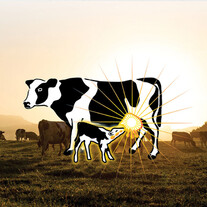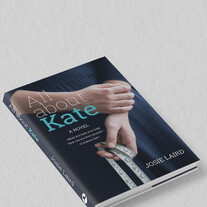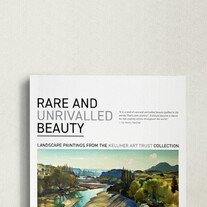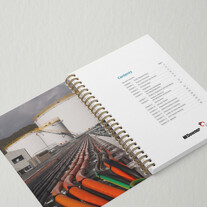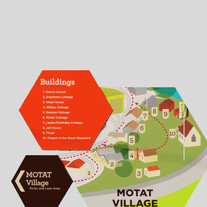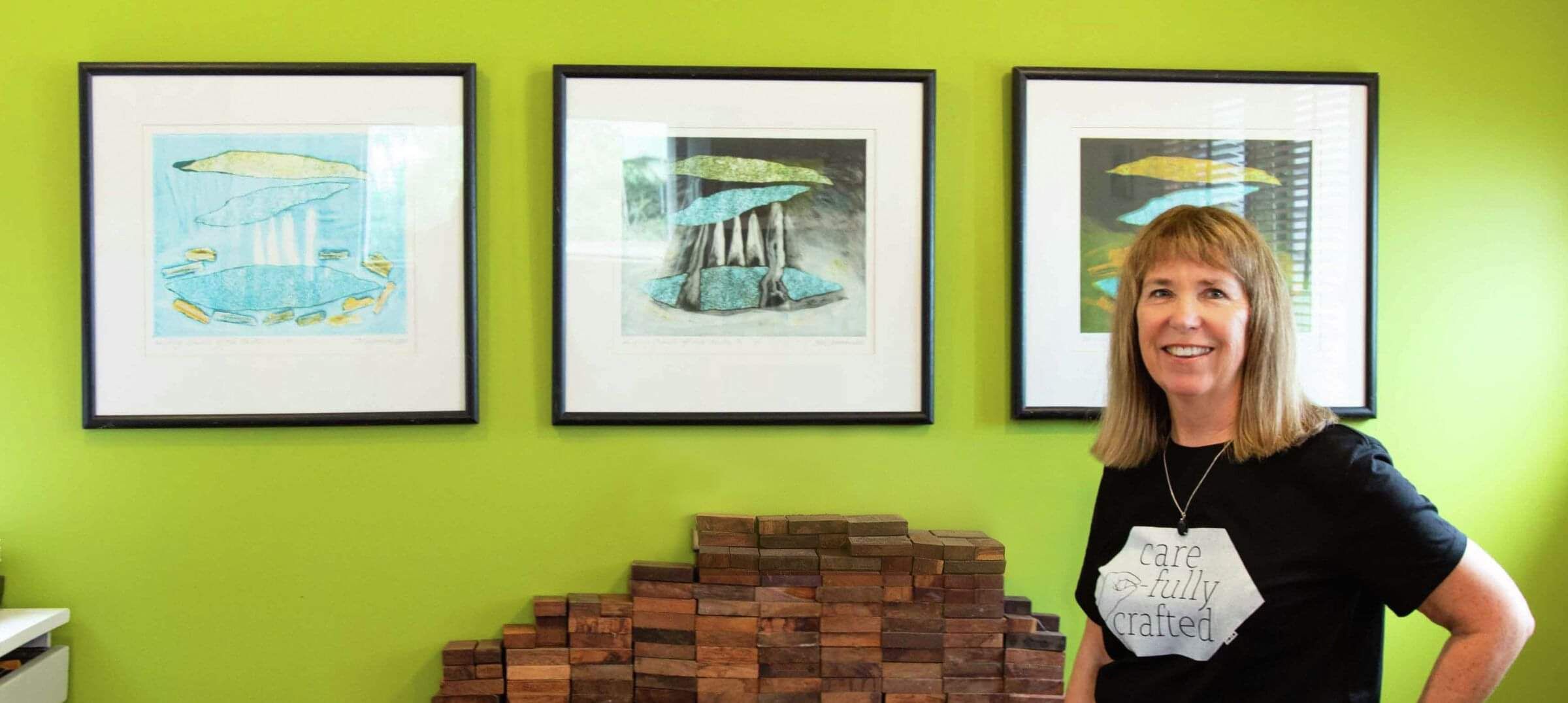Useful Objects by Julian Godwin
In 2015 - 16, I embarked on gathering together all the made objects around my parents and extended families homes. With the help of my niece Suzi Holsted, who photographed the objects with natural light, I set about categorising and writing accompanying text, asking many questions along the way.
The result was a book of 100 pages bringing together some of the inventive work of Julian Godwin (1925 - 2017). Ranging from domestic items through to furniture, tools and gadgets, they show a number of principles at work, which makes the objects interesting, well resolved and long lasting. Over 30 books have been printed and distributed amongst family and friends.
This prototype, at 5 inches high, is scaled 1:4 for a builders sawhorse. Julian strength tested with one foot planted firmly on top, easily taking all his weight. In this image it sits atop another sawhorse, decorated with a carved hammer finish over the entire surface. The first sawhorse Julian made dates back to the early 1960’s. The sawhorse concept was further extended to tables and chairs, being extremely stable. The unique arrangement of two bolts only allows for adjustment of the legs if the ground is slightly uneven.
Everyday objects in the home become well used and well loved over time. This tea caddy is a classic example of one that has faithfully served its purpose for many decades. This caddy is particularly nice in its use of typography with the design of reversed lettering creating an overall zig-zag effect that visually passes through the center line. The chiselled carving of letters appears in many of Julian’s works, along with the chiselled star with nautical origins. In this design a second star appears at the base of the caddy.
The boat box - a folding box in action at the Whangateau boating regatta in 2015 (the box can be seen here behind Sue). This is a superb example of how stitching is kind to both materials and users alike, with very minimal wear and tear over the years. The stitches are the same gauge as thick shoe laces, having the effect of a decorative ‘top stitch’.

